Board analysis
The board of the PNY GTX 1650 XLR8 OC is not only very tidy, it is pleasantly minimalistic. The heart of each system integrator certainly beats twice as fast. The manufacturer relies on a simple 2+1 phase design, which proves to be completely sufficient in view of the maximum power limit of this card. At a theoretical 37.5 watts per GPU phase (I measured a maximum of only 32 watts) this placement is completely sufficient.
On the left we see the two GPU phases with the two unlabelled 220 mH coils. Each of the two phases relies on a Sinopower SM4377NSKP for the high-side as well as a pair of SM4503NHKP working in parallel on the low side. The two phases are controlled by the rear-positioned PWM controller uP9510P from UPI Semiconductor, which also includes the gate drivers. The DC/DC converter for one phase of power supply of the memory has been realized with a simple step-down chip in the form of a 7212 in the OEM package.
The input smoothing of the 12-volt rail from the motherboard slot is carried out via a simple 1-Microlong italic coil, followed by a shunt for real-time determination of the voltages and flowing currents as well as the resulting power target. The monitoring of this 12 volt rail is carried out by an NCP45491-D from ON Semiconductor, which is a shunt controller (voltage/current monitor).
The following table contains the most important components:
The cooler in detail
The overall structure of the cooling construction is plentiful but functional. A round heat sink made of aluminium continuous casting sits on the GPU, whereby the exhaust air can escape fan-shaped in all directions. The draught is sufficient to cool the voltage converters alone over their surface without further heat sinks being installed. The voltage conversion is thus cooled exclusively by the air flow.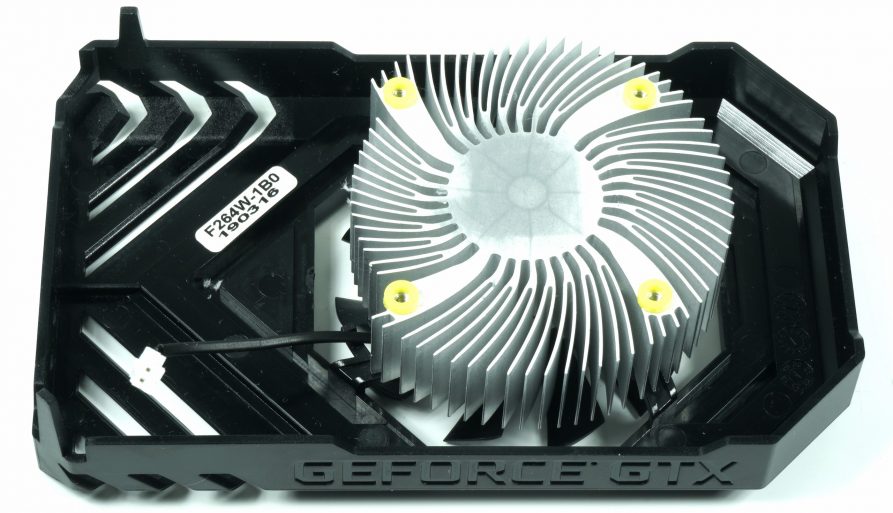
The simple, equal voltage controlled 6.5 cm fan with 11 is connected via a simple two-wire cable, so that no speedometer signal is returned. If you want to know the speeds, you have to know them like me, for example. measure with a laser or Log.
| Cooling system at a glance | |
|---|---|
| Type of cooler: | Air |
| Heatsink: | Aluminum |
| Cooling fins: | fan-shaped arranged in a circle |
| Heatpipes | No |
| VRM cooling: | No |
| RAM cooling | No |
| Fan: | 1x 6.5 cm fan, 11 rotor blades active, no fan stop |
| Backplate | No |















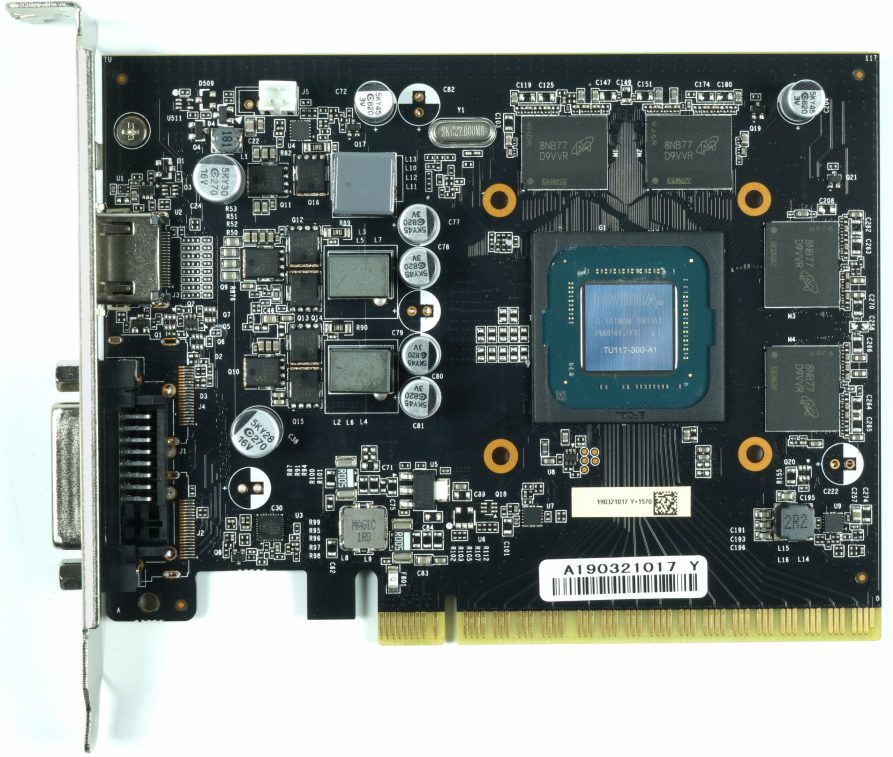
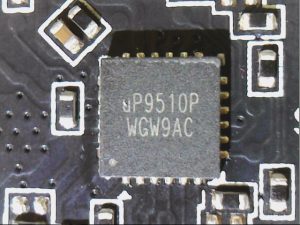
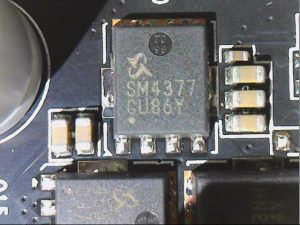
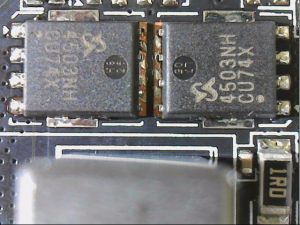
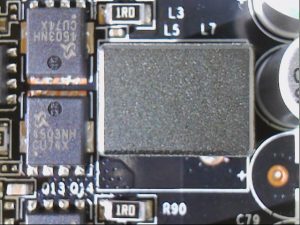
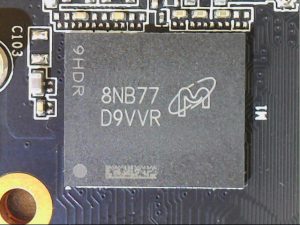
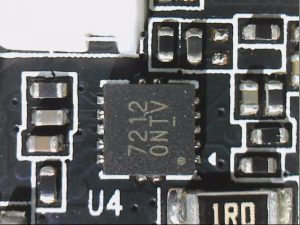
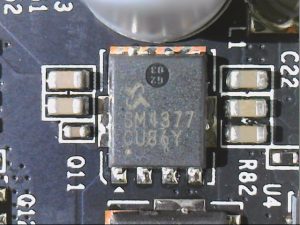
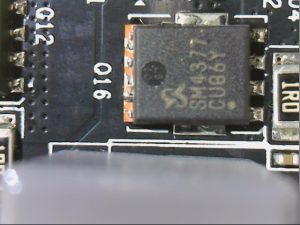
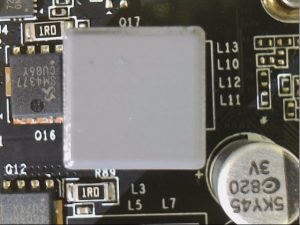
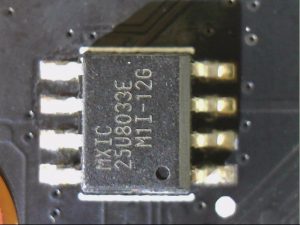
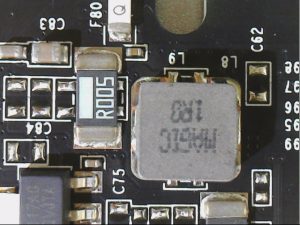
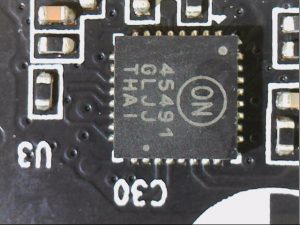

















Kommentieren